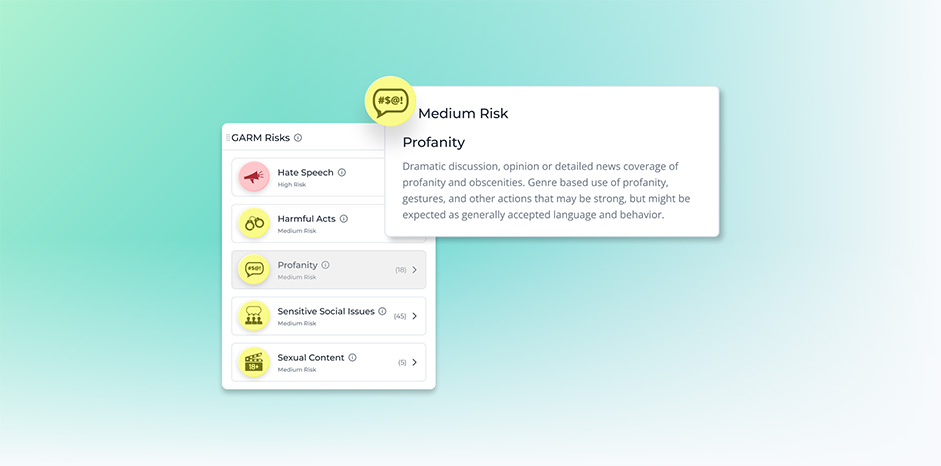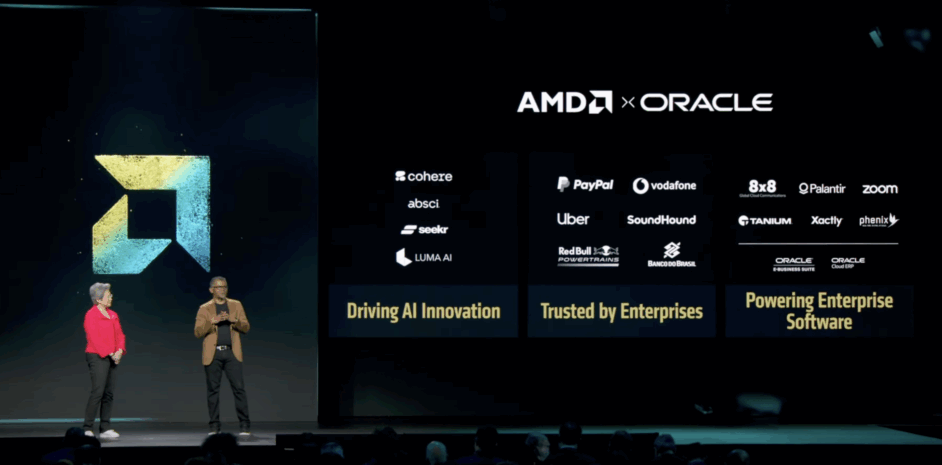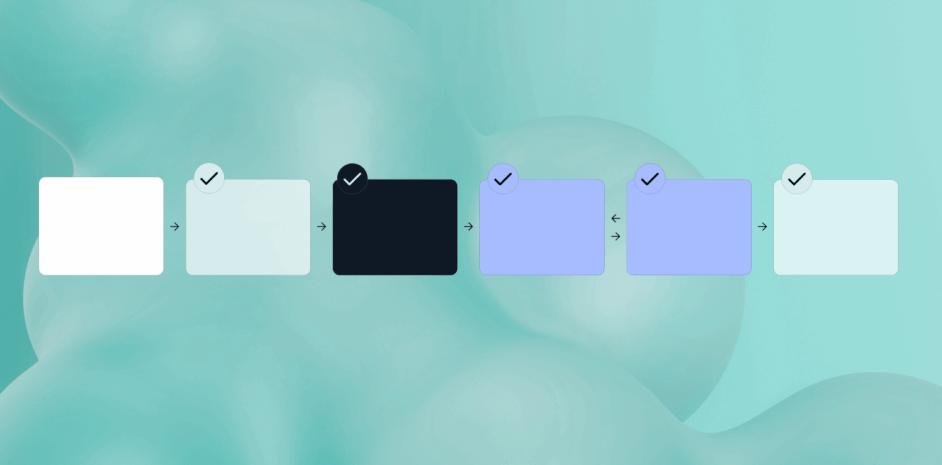Brand Protection Tools: Keeping Your Brand Safe From Threats

Brand threats are many and far-reaching. If you’re not contending with security issues, it’s misplaced ads or trademark infringement. Trying to hold the fort manually is time-consuming, expensive, and ineffective. But what’s the alternative? Brand protection tools.
In this article, we’re unpacking the different types of brand protection and the tools to help. We’re also jumping into best practices to get the most from your brand protection measures.
What is brand protection?
Brand protection involves guarding your brand’s value to keep your reputation and equity intact. Brand protection strategies safeguard against third parties:
- Using your brand without permission
- Weakening your brand’s identity
- Stealing intellectual property
Brand protection is crucial for long-term success and growth. Needless to say, if other companies steal your product designs or falsely use your brand name, you’ll have less control over your brand image. You also won’t have a handle on the brand narrative you use to convert buyers. But, brand protection isn’t a one-size-fits-all model and there isn’t a definitive checklist telling you how to achieve it. In fact, brand protection takes many forms. Some measures protect against unsafe content. Others monitor social media accounts. And others block ransomware.
Let’s look closer.
Forms of brand protection
Here are the main ways companies protect their digital assets and brand image.
Brand safety and suitability
Brand safety and suitability strategies stop ads from appearing next to unaligned content. Contextual brand safety is about making sure ads don’t appear next to harmful or misleading content that could damage your reputation. Brand suitability ensures your ads appear next to contextually relevant content to boost your reputation. For example, a company may use Seekr Align™ when placing podcast ads to prevent ads from appearing in controversial conversations.
Intellectual property safeguarding
Intellectual property refers to all brand assets, from website copy to product designs. Brands must protect against third parties using these assets without permission. These measures range from counterfeit detection to domain monitoring to Digital Millennium Copyright Act (DCMA) takedowns. For example, you might use machine learning algorithms to spot fake “dupe” websites pretending to sell your goods.
Reputational monitoring
Fake reviews, bad ratings, and negative chatter can all harm your brand. To get ahead of the gossip, brands monitor their online presence to spot fakes and negative feedback.
Security and compliance
79% of consumers say that data protection is crucial to gaining their trust. In other words, it may only take one security breach, data hack, or compliance issue to lose that trust in one fell swoop. Robust security and compliance measures are a must-have to keep malicious actors out.
The importance of brand protection and brand reputation
Here’s why it’s so important to protect your brand image:
1. Maintain consumer trust
When buyers question brand associations, they doubt a brand’s trustworthiness. This is a motivator to shop elsewhere. Consider it this way. Imagine a brand that sells luxury handbags advertising next to an article about a wave of counterfeit goods. While the brand’s accessories may be entirely authentic, the message of the article undermines this credibility. In other words, when your content shows up in the wrong places or next to the wrong things, it causes trust to be lost. To foster trust, you need a consistent, high-quality brand image. You need to protect against advertising near unsuitable content or content that could threaten your brand’s safety.
2. Support brand equity
Your brand’s equity relies on whether customers believe your brand holds value. When your brand shows up next to or promotes damaging content, it affects how your audience views your value, degrading their opinion of your goods and services. For example, imagine a legitimate health supplement brand advertising next to a pseudoscience article making bold claims about miracle treatments. This undermines the value of the supplements, aligning them with medical misinformation. Since the value is in the efficacy of the supplements, buyers lose trust as it appears the brand supports this misinformation. Brand protection measures uphold your brand equity by displaying ads next to content that supports your value, rather than diminishing it.
3. Prevent revenue loss
Brand abuse can cost you in two ways. Brand infringement and reputational damage undermine consumer trust. And, according to 91% of business executives, consumer trust impacts your bottom line. There’s also the issue of lost sales. If a company illegally copies your product, they’re cornering some of the market. Customers buy from them instead of you, lowering your conversion rate.
4. Gain competitive advantage
If your brand is seen as more trustworthy than your competitors, 9 out of 10 shoppers will head your way. Brand protection helps you position your brand as more trustworthy than your competitors. With the right strategies, you shut down brand threats that could jeopardize consumer trust.
8 types of brand protection software
The best brand protection solution is the one that fits the job. That’s why you’ll need to take a holistic view of threat intelligence. From brand monitoring to anti-counterfeiting, here’s a round-up of the types of digital risk protection tools.
1. Brand safety
When your ads appear next to unsafe or misleading content, it damages your brand image and reduces consumer trust. Imagine how damaging it was for Amazon Pharmacy when its ads appeared on 30 COVID misinformation sites. When your ads appear alongside objectively harmful content — like explicit videos, hate speech, and misinformation — it looks as though you agree with or endorse that content. Brand safety tools ensure your programmatic ads don’t appear in the wrong places.
They do this using:
- Content analysis to scan web pages and make sure content aligns with brand values
- Real-time domain blacklists to stop ads from appearing on specific websites
- Keyword blocklists that prevent ad placement on sites containing specific terms
For example, a brand might use Seekr Align™ to stop ads appearing in podcasts with violent or graphic content.
2. Brand suitability
Brand suitability goes one step further than brand safety. It places ads next to contextually relevant content to target the right customers and build trust. For instance, a vegan skincare brand wouldn’t want its ads on a meat-lovers blog. Brand suitability tools make sure your ads appear in the right places.
They do this using:
- Custom whitelists to highlight specific sites or content categories for ad placements
- Content categorization to sort content by themes, topics, and reliability
- Audience analysis to ensure ads resonate with the intended audience based on the content context
3. Trademark monitoring
Unauthorized use or imitation of trademarks can affect your reputation and profit margins. If someone falsely poses as your company, you lose control of your brand image and narrative. Plus, you lose sales, as customers buy from inauthentic brands instead of you. Consider Nike’s breakup with Amazon. After just two years of selling on the online marketplace, Nike ended the partnership, claiming it was “disappointed the deal with Amazon didn’t eliminate counterfeits.” There are lots of types of trademark infringement.
Here are a few examples:
- Using your logo without permission
- Producing counterfeit goods
- Falsely advertising products
- Creating unauthorized merchandise
Well-known trademark monitoring tools include MarkMonitor, Redpoints, and Marqvision. These tools scan text and images on websites and apps to identify trademark infringement. They automatically send real-time alerts so you can handle the issue immediately.
4. Social media monitoring
Social media monitoring, sometimes known as social listening, helps you track user-generated social content. Social media platforms are a breeding ground for extreme opinions and false information. Unnoticed poor or fake feedback is a spark that can quickly cause a PR wildfire. Just look at the Starbucks DREAMday scandal. A fake coupon was posted to 4Chan and spread across social media. It stated that “All undocumented Americans will receive any item on the Starbucks menu 40% off.” Starbucks caught the campaign after noticing an X (formerly Twitter) mention that accused the coffee brand of “pandering” to immigrants. Social media monitoring tools like Hootsuite, SproutSocial, and Dash Hudson, track and analyze your online presence.
These tools help you:
- Monitor brand mentions to alert you to spikes in conversation so you can catch potential negative chatter across your social channels
- Identify trending topics around your brand, alerting you to repeated negative discussion
- Provide analysis sentiment to gage the mood or tone of brand mentions
- Track geo-locations to pinpoint where dissatisfaction originates
5. Online reputation management
Just like social media, online review systems have the potential to harm your reputation. If you’re not monitoring consumer feedback, negative reviews can impact your sales.
Let’s look at the stats:
- 98% of people are more likely to read reviews of products they’ve never bought
- 82% of buyers trust reviews as much as a recommendation from family or friends
- 71% of consumers are more likely to buy from a brand with a good Trustpilot review
Basically, new buyers trust negative reviews which leads them to shop elsewhere. According to Google, replying to reviews builds consumer trust. Plus, 30% of shoppers change a negative review after a business responds to their feedback. With an online reputation management tool, you can identify negative reviews and address them straight away. These are tools like Reputation, Webbosaurus, and Reputology.
Reputation monitoring tools will:
- Aggregate reviews from various platforms so you can see all your feedback on one dashboard
- Automate responses using automated templates or AI-powered bots
- Provide insights into trending feedback topics and areas for improvement
6. Domain monitoring
When an impersonator tries to imitate a brand, they might steal the domain or register similar domain names. For instance, in 2016, a former Google employee noticed that Google’s domain wasn’t set to automatically renew. He purchased the domain for $12. Google had to pay $12,000 to buy it back. Google was lucky. Not all scammers will sell domains back, leading to cyber-squatting. Not only does this cut off your main sales funnel, but it also undermines customer trust. You have no control over what the new domain owner might post. At best, they mislead customers. At worst, they launch a detrimental smear campaign. Domain monitoring tools, like WhoisXML API and Domain Monitor, track upcoming changes to domains.
These tools:
- Automatically send notifications when similar domains are registered
- Provide domain ownership details so you can trace bad actors
- Track domain history to monitor changes or transfers
7. Digital rights management (DRM)
Digital rights management software prevents unauthorized access and digital content distribution. Examples of this could be:
- Piracy
- Unauthorized access to cloud storage
- Misuse of stolen credentials
In these instances, you’re vulnerable to revenue loss as malicious parties misuse your digital assets. It also dilutes the value of your brand by introducing mistrust. For example, a cinema shows a new movie, using a poorly pirated copy. Not only do the movie producers lose viewer revenue, but the low-quality showing leads to poor movie reviews. Popular digital rights management tools include Adobe Primetime DRM, Vitrium, and Bynder.
These tools protect digital content by:
- Encrypting content to block unauthorized distributors
- Licensing content to determine which users have access
- Watermarking digital assets to trace unauthorized distributions
8. Online threat protection
Online threat protection software blocks cyberattacks, such as hacks, ransomware, and phishing. For example, in 2022, hundreds of Microsoft Office 365 customers received a malicious email asking for permissions that would allow attackers to read and write emails from their accounts. These attacks compromise brand data, which directly affects your bottom line. A third of consumers say they’ve stopped using a company after a scam used their brand name. Online threat protection tools, like Symantec and McAfee, prevent cyberattacks.
These cybersecurity providers offer:
- Firewall protection to block unauthorized access attempts
- Real-time scanning that continuously monitors for threats like malware or phishing
- Ransomware protection, which detects and blocks ransomware threats
- Intrusion detection to monitor network traffic and alert users to suspicious activities or policy violations
Brand protection tools for advertising
There are some brand tools that are specific to advertising. Let’s take a look at these in a bit more detail.
Advertising on podcasts
Podcasters released half a million podcasts in the last three months alone. This is a prime opportunity for advertisers to reach their target audiences at a large scale. But, if you’re not careful, you risk exposure to unsuitable content that doesn’t align with your brand’s values. Luckily, tools like Seekr Align™ prevent ads from appearing in off-brand conversations.
News sites
Conventional programmatic advertising often doesn’t account for context. This leaves you open to ad misplacement. A technology like Seekr evaluates news sites and scores them based on rigorous journalistic standards for reliability. This way, advertisers can place ads knowing they won’t appear next to harmful or unreliable content.
Best practices for brand protection when advertising
With so many threats to consider, here are some top tips to ensure brand-safe ad campaigns.
Go beyond safety to suitability
It’s not enough to simply protect your brand from bad content. You need to place ads next to contextually relevant content to reach your ideal customers and reinforce your brand identity. That’s why we recommend using tools like Seekr. Seekr doesn’t just gauge content safety — it evaluates context. This ensures your ads align with podcast content that’s both secure and fitting.
Analyze at a granular level
Tools that evaluate content on a domain level flag entire websites and mobile apps due to one spammy or harmful page. Seekr assesses content on the URL level. Our solutions pay closer attention and flags individual pages instead of blocking entire websites. This stops you from overlooking opportunities due to over-policing. It also makes it possible for you to scale your advertising with confidence.
Beware of unreliability when creating with AI
AI can have biases and political lean depending on how it’s been trained. While generative AI can create human-like text and images, check the details. Sometimes these models create content that contains political bias and inappropriate speech. This can be difficult to spot, and manually checking everything is time-consuming. Platforms like Seekr are trained on the best materials and produce reliable content according to journalistic standards. This way, you won’t produce biased content that undermines your credibility or makes you look unreliable.
Conclusion
There’s never been a more important time to get proactive about brand protection. By putting this on the back burner, a PR nightmare is inevitable. Plain and simple: Brand protection tools help businesses keep their reputations clean so they don’t lose customers. If you’re ready to get ahead of your reputation, look into SeekrAlign™. Our brand safety solutions utilize powerful AI technology to make sure your brand shows up in the right places.



